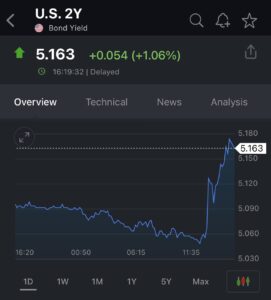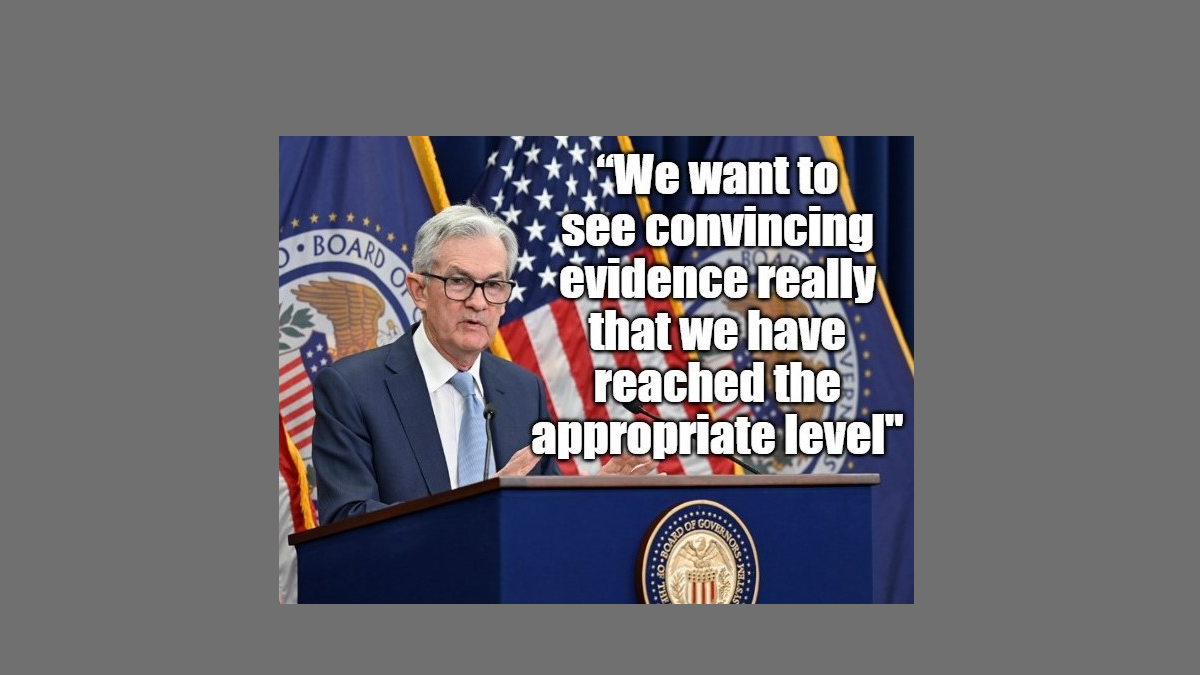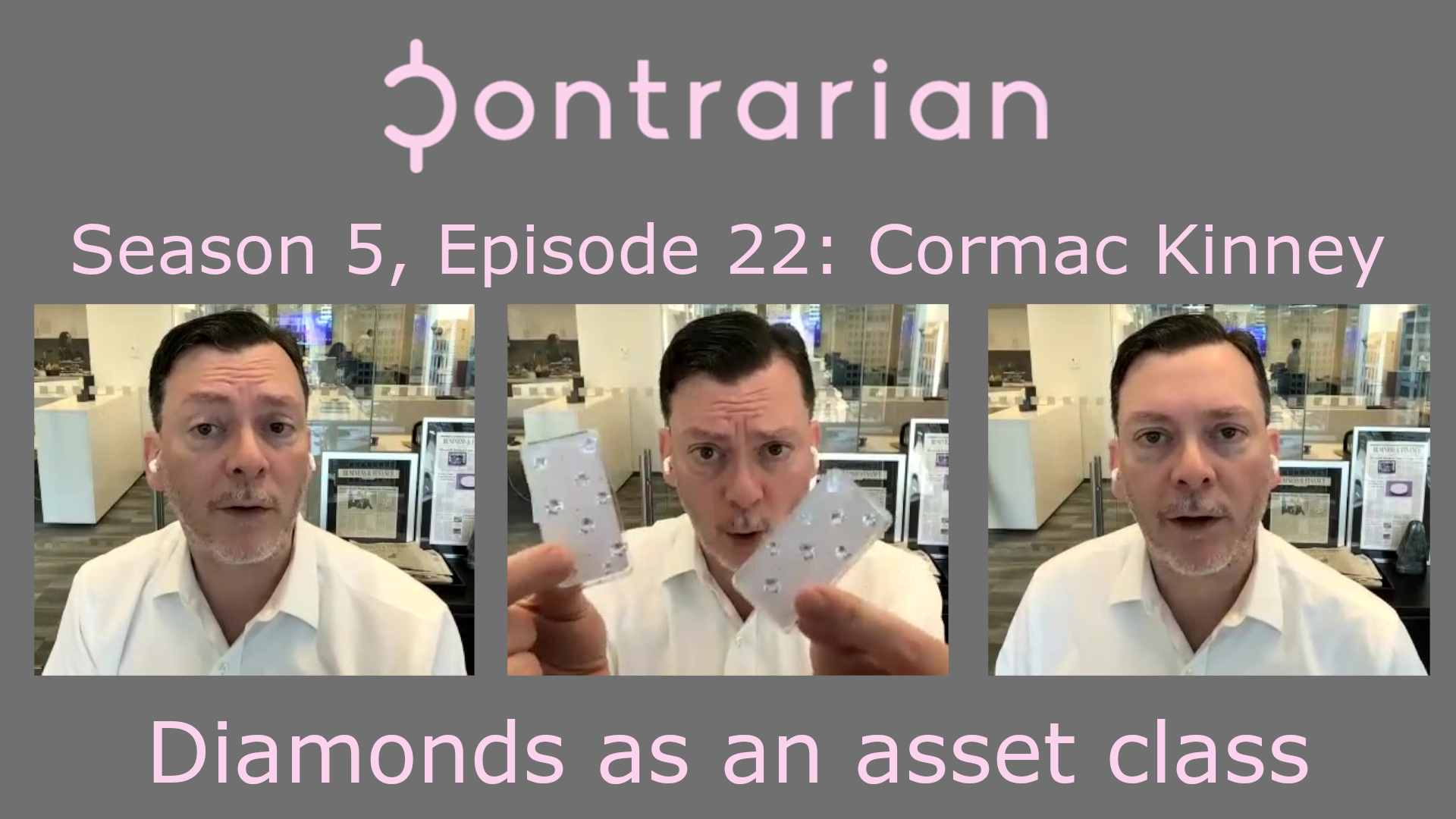The following is an amended version of the Sept. 21 Daily Contrarian. This briefing and accompanying podcast are released to premium subscribers each market day morning by 0700.
The Federal Reserve yesterday kept its key interest rate unchanged as expected but made enough noise about “higher for longer” to scare investors. Stocks and bonds sold off.

In the case of 2-year bonds, yields spiked to a level not seen since 2006 (see chart on left).
So clearly the market was not prepared for this hawkish language from the Fed. Meanwhile, all Powell really did is just reiterate what the inflation data is telling us, which is that there is more work to do before monetary policy can be loosened. Yes, the dot-plots did move a bit, but that just tells us how FOMC members feel right now. New data can and will change their views.
The Opportunity
Whether they’re justified or not, there is a sense now that maybe Fed fears have reached a bit of a fevered pitch. Just look at the headline in today’s Wall Street Journal: “Higher Interest Rates Not Just for Longer, but Maybe Forever.”

Ignoring for a minute that “forever” is a pretty long time, this take conveniently forgets that we’re talking about the same Powell Fed that flooded the system with liquidity during Covid and then kept rates too low for too long. The Fed may have to keep raising rates now (thanks to its own doing), but there is no way in hell this continues “forever.”
This is the kind of language you look for to indicate a turning point. And if fears of Fed are indeed at a peak, then fear of fixed income — specifically short-term bonds — could be at a peak as well. And that could be a buying opportunity for bonds. At some point the economy will slow, inflation will ease, and the Fed will cut rates. Then investors will pour money into bonds as they abandon the riskiness of the equity market. We aren’t there yet. But we’re a day closer.
The only way the Fed doesn’t eventually pivot is if we get stagflation. And even then: That will just force the Fed to choose between protecting purchasing power (price stability) and sending the global economy flying off a cliff or flooding the market with liquidity again to spur economic growth. If you’ve been paying attention to the Fed these last 30 years it will be pretty obvious what path it chooses — especially if it’s faced with this conundrum during an election year.
Here’s short audio where the host gets into this a little bit:
Leave a Comment


